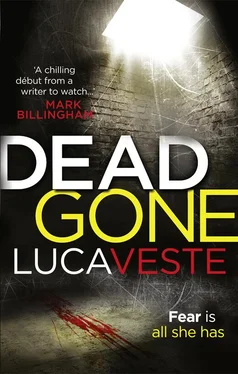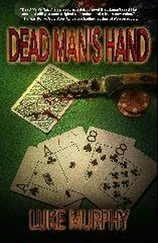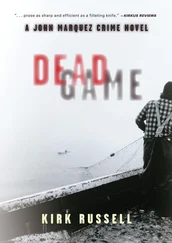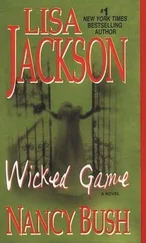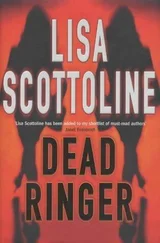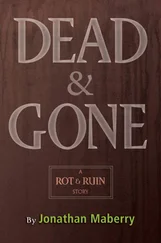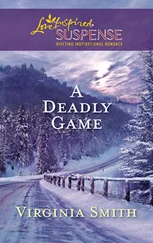
Published by Avon, an imprint of
HarperCollins Publishers Ltd 1 London Bridge Street London SE1 9GF
www.harpercollins.co.uk
First published in Great Britain by HarperCollins 2013
Copyright © Luca Veste 2013
Cover image: photo of hatch © Glock/Alamy
Cover design: Clarkevanmeurs Design
Luca Veste asserts the moral right to be identified as the author of this work.
A catalogue copy of this book is available from the British Library.
This novel is entirely a work of fiction. The names, characters and incidents portrayed in it are the work of the author’s imagination. Any resemblance to actual persons, living or dead, events or localities is entirely coincidental.
All rights reserved under International and Pan-American Copyright Conventions. By payment of the required fees, you have been granted the non-exclusive, non-transferable right to access and read the text of this e-book on-screen. No part of this text may be reproduced, transmitted, down-loaded, decompiled, reverse engineered, or stored in or introduced into any information storage and retrieval system, in any form or by any means, whether electronic or mechanical, now known or hereinafter invented, without the express written permission of HarperCollins.
Source ISBN: 9780007525577
Ebook Edition © October 2013 ISBN: 9780007525553
Version: 2016-03-12
For Emma, Abs and Migs – It came true.
Contents
Cover
Title Page LUCA VESTE Dead Gone
Copyright Copyright Published by Avon, an imprint of HarperCollins Publishers Ltd 1 London Bridge Street London SE1 9GF www.harpercollins.co.uk First published in Great Britain by HarperCollins 2013 Copyright © Luca Veste 2013 Cover image: photo of hatch © Glock/Alamy Cover design: Clarkevanmeurs Design Luca Veste asserts the moral right to be identified as the author of this work. A catalogue copy of this book is available from the British Library. This novel is entirely a work of fiction. The names, characters and incidents portrayed in it are the work of the author’s imagination. Any resemblance to actual persons, living or dead, events or localities is entirely coincidental. All rights reserved under International and Pan-American Copyright Conventions. By payment of the required fees, you have been granted the non-exclusive, non-transferable right to access and read the text of this e-book on-screen. No part of this text may be reproduced, transmitted, down-loaded, decompiled, reverse engineered, or stored in or introduced into any information storage and retrieval system, in any form or by any means, whether electronic or mechanical, now known or hereinafter invented, without the express written permission of HarperCollins. Source ISBN: 9780007525577 Ebook Edition © October 2013 ISBN: 9780007525553 Version: 2016-03-12
Dedication For Emma, Abs and Migs – It came true.
Part One PART ONE Life is pleasant. Death is peaceful. It’s the transition that’s troublesome. Isaac Asimov We are taught from an early age to fear death, that unknowable force we are all moving towards, simply by existing. However, this aspect of human existence is not one discussed easily amongst those in western society. Death is not an easy topic to discuss openly, without the fear of perhaps upsetting or insulting. This one aspect that binds us all together, touches us all, irrespective of race, gender, or orientation; the one thing we all have in common, yet so often is considered a ‘dark’ subject. Talking about one’s own mortality is considered morbid and morose. One truth remains. We all die. Every single living organism experiences death. Indeed, according to Dr Sigmund Freud, ‘It is the aim of all life.’ We live to die. Homo sapiens as a species have shown great technological advances over the past few centuries. Yet one thing we have not, and will arguably never achieve, is to create a way of dealing with death in a uniform manner as a population. We grieve differently, we die differently. Death touches us all. Should we fear death, try to actively repel it, through attempts to prolong our lives? If technology moved to such a point that death could be avoided, endless life became a possibility, would we ever be able to really live? Without being able to investigate death and the repercussions for the deceased, is it possible to study death in any meaningful way, without being able to experience it? Taken from ‘Life, Death, and Grief’, published in Psychological Society Review, 2008, issue 72.
Experiment Two
Chapter 1
Chapter 2
Chapter 3
Chapter 4
Chapter 5
Chapter 6
Chapter 7
Chapter 8
Chapter 9
Experiment Two
Chapter 10
Chapter 11
Experiment Four
Chapter 12
Chapter 13
Chapter 14
Experiment Two
Chapter 15
Chapter 16
Chapter 17
Chapter 18
Chapter 19
Chapter 20
Experiment Two
Chapter 21
Experiment Five
Chapter 22
Chapter 23
Part Two
Experiment Two
Chapter 24
Experiment Six
Chapter 25
Chapter 26
Chapter 27
Chapter 28
Chapter 29
Chapter 30
Chapter 31
Chapter 32
Part Three
Chapter 33
Experiment Six
Chapter 34
Chapter 35
Experiment Two
Chapter 36
Experiment Two
Chapter 37
Chapter 38
Chapter 39
Chapter 40
Chapter 41
Experiment Two
Chapter 42
Chapter 43
Experiment One
Chapter 44
Chapter 45
Experiment Two
Epilogue
Luca Veste talks serial killers
Acknowledgements
About the Author
About the Publisher
Life is pleasant. Death is peaceful. It’s the transition that’s troublesome.
Isaac Asimov
We are taught from an early age to fear death, that unknowable force we are all moving towards, simply by existing. However, this aspect of human existence is not one discussed easily amongst those in western society. Death is not an easy topic to discuss openly, without the fear of perhaps upsetting or insulting. This one aspect that binds us all together, touches us all, irrespective of race, gender, or orientation; the one thing we all have in common, yet so often is considered a ‘dark’ subject. Talking about one’s own mortality is considered morbid and morose.
One truth remains. We all die. Every single living organism experiences death. Indeed, according to Dr Sigmund Freud, ‘It is the aim of all life.’ We live to die. Homo sapiens as a species have shown great technological advances over the past few centuries. Yet one thing we have not, and will arguably never achieve, is to create a way of dealing with death in a uniform manner as a population. We grieve differently, we die differently.
Death touches us all. Should we fear death, try to actively repel it, through attempts to prolong our lives? If technology moved to such a point that death could be avoided, endless life became a possibility, would we ever be able to really live?
Without being able to investigate death and the repercussions for the deceased, is it possible to study death in any meaningful way, without being able to experience it?
Taken from ‘Life, Death, and Grief’, published in Psychological Society Review, 2008, issue 72.
She hadn’t been afraid of the dark.
Not before.
Читать дальше
